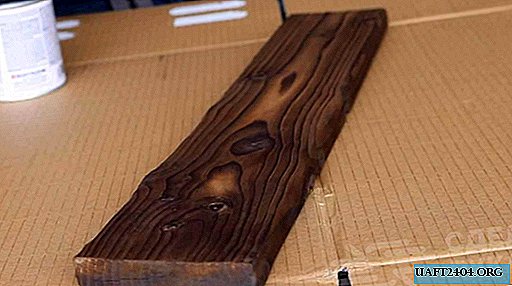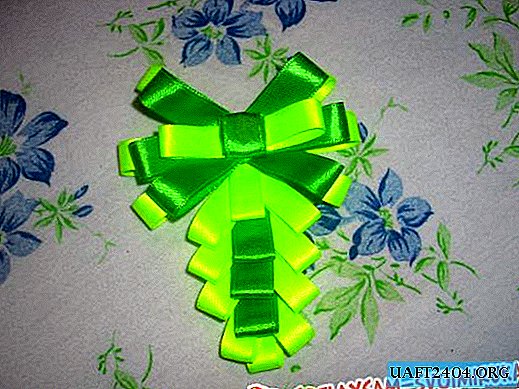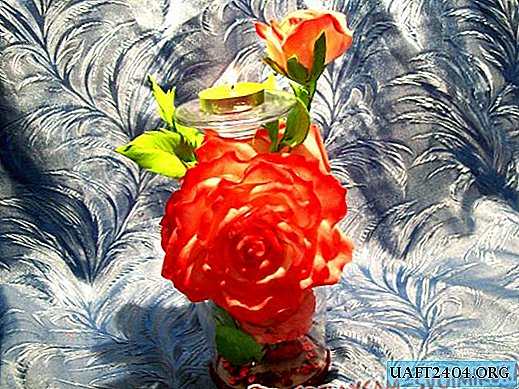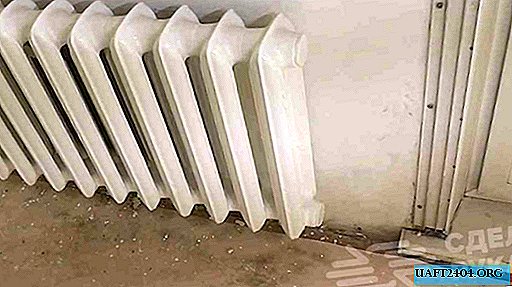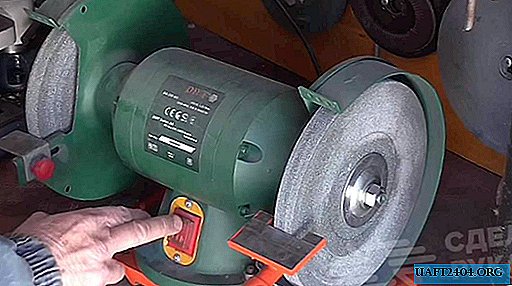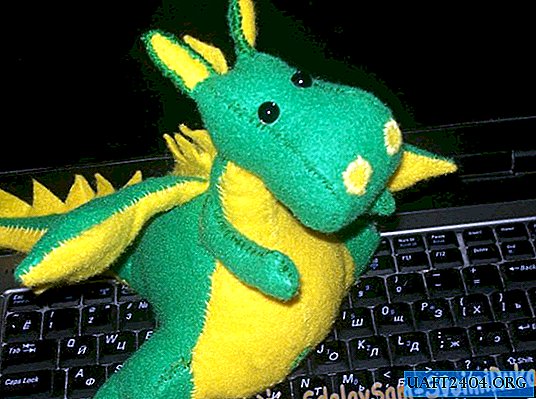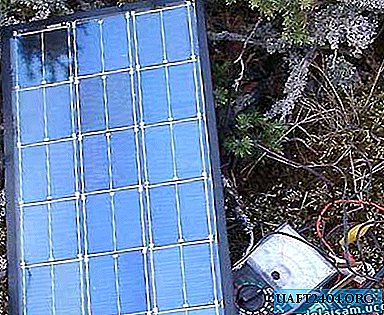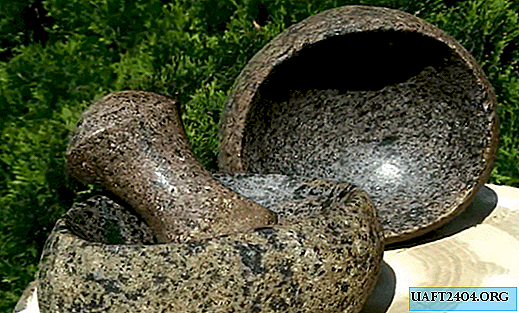Share
Pin
Tweet
Send
Share
Send
Inspired by the look of traditional gas lanterns with a flame fluctuating in them, I decided to realize my idea in the form of a can in which a lit bulb sways (as if floating).
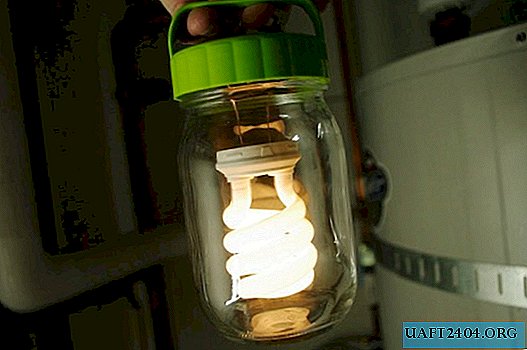
Below I give a step-by-step description of my work.
We make the selection of the necessary components
We will need:
- bank;
- energy-saving discharge lamp with a spiral tube;
- one-time film camera with built-in flash;
- holder for AA finger-type battery;
- toggle switch (miniature switch);
- copper enamel wire (I used a wire with a diameter of about 1 mm).
All of these components can be purchased on the AliExpress trading platform.

Making a flashlight in a bank
Use a thin screwdriver to open the camera body. Be careful with a large capacitor. It may retain electrical charge.

Remove the charge from the capacitor by locking its terminals with a screwdriver with an insulating handle. After that, separate it from the board by biting off the findings with nippers. Also bite off the flash lamp from the board.


Let's analyze the energy saving. Use a wire cutter to make a hole in the plastic lamp housing. After inserting a screwdriver into the hole, carefully separate the case from the glass tube.

Disconnect the tube wires from the terminals on the circuit board in the lamp base.
We connect the contacts of the switch. Release the latch on the flash charge switch. Solder the switch contacts together.


We are preparing a tube of an energy-saving lamp. Scrape off the varnish from the tube wires with a blade or a sharp knife. Twist them in pairs and solder with tin solder.

We remove unnecessary details. Remove the battery mount terminals from the camera board, remembering (and better sketching) which contacts on the board they were attached to, as this will be needed in the future.


I also removed the wire connecting the pulse transformer to the flash lamp.
We cut the circuit board. Trim the corners of the board along with the unused contact tracks so that the board fits in the lid of our can.

We prepare the wires. Take two pieces of our millimeter wire, each 3 inches long. Use a sharp knife or razor to scrape half an inch of the insulating layer (lacquer or plastic) from each end of both wires. It is time to connect our wires to the board, which will serve as a power source for the lamp.
Solder one of the wires to the pin connected to the minus. The second wire must be soldered to the output of the pulse transformer connected to the diode.


If you are at a loss, proceed as follows. Using two wires with crocodile clips, connect the battery or battery to the circuit board. Do not forget that after this the board is energized (the inverter converts the battery voltage into high-voltage pulses, which can cause a noticeable electric shock). Connect the third wire to one of the lamp terminals with ground. Connect the fourth to the second output of the lamp, and with its second end briefly touch alternately the contact pads on the board. If the lamp comes on, you have found the correct connection point.
We connect the toggle switch. Cut the red wire of the battery holder in the middle. Solder the cut ends to the central terminals of the toggle switch. That is, the toggle switch contacts must be connected against the red wire.

We take a jar with a lid and drill a lid. Closer to the edge of the lid, drill a hole of such a diameter that the threaded part of the toggle switch fits into it with a minimum clearance.

Insert the toggle switch into the hole and fix it from the outside with the fixing nut.

We connect the power circuit. Solder the red wire coming from the toggle switch installed in the cover to the board contact, which was connected to the battery plus. Connect the black wire from the battery holder to ground.

We fix the board with hot glue. Glue the board and battery holder to the inside of the cover. Try to orient the board in the middle of the cover. The glue may not be spared, but its contact with the threaded part of the cover should be avoided.

Solder the wires coming out of the board to the lamp terminals.

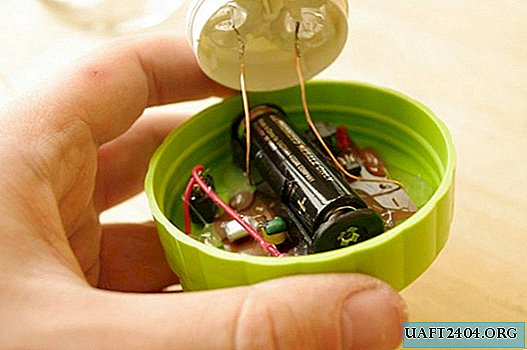
Insert the battery or AA battery into the battery holder.

Screw on the can lid.

Turn the toggle switch to the on position.

Use your new flashlight with pleasure.


Original article in English
Share
Pin
Tweet
Send
Share
Send

